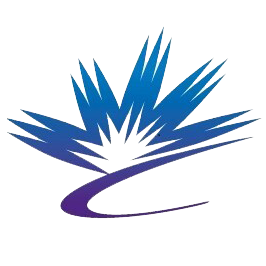The Synchrotron Advantage
Synchrotron light's high brilliance, high intensity, sharp focus, and tunability give synchrotron science a huge advantage over conventional techniques.
Many synchrotron techniques can be performed with little to no sample manipulation or preparation before analysis, detecting even low concentrations of elemental forms. Fast, in-situ, non-destructive experiments allow CLS scientists to use our tools in a broad range of research areas, furthering knowledge in fields from health, agriculture, the environment, and advanced materials to astrophysics and cultural heritage.
Scientific Excellence
Since the start of operations in 2005, the Canadian Light Source (CLS) has facilitated more than 4,600 peer-reviewed publications by researchers from 45 different countries. In that time, our facility has played host to 1,100 international collaborations. Canadian researchers from 11 provinces and territories, representing over 200 Canadian institutions, have used CLS beamlines to advance knowledge in the disciplines of physics, chemistry, biology, animal and human health, agriculture, engineering, archaeology, geology and paleontology.
Unique in Canada, the CLS enables an extremely wide range of science projects on multiple experimental stations (beamlines) operating simultaneously. The beamlines are optimised for select parts of the light spectrum and used in a broad range of experimental techniques including spectroscopy, diffraction, imaging from the macro to the nanoscale and combinations thereof. Data collection can be relatively rapid (on the order of sub-second) and is of a quality and breadth not possible at any other facility in Canada.
Accessing Our Facilities
The CLS hosts a wide range of techniques and facilities that enable research in a variety of scientific sectors, with each beamline offering a unique spectral range providing different elemental information. To find a beamline that suits your intended research, explore by scientific sector or technique, or search through our Beamline Directory. Look through our access mechanisms to see how you can apply to run your experiment at a CLS beamline.
Beamline Directory How to Access the CLS
Explore by...
How can we help?
Not sure where to start? Wanting guidance on which beamline would be right for your research? Send us your questions and we will do our best to match you with the beamline or scientists that can help make your research ambitions a reality!
Send us an email